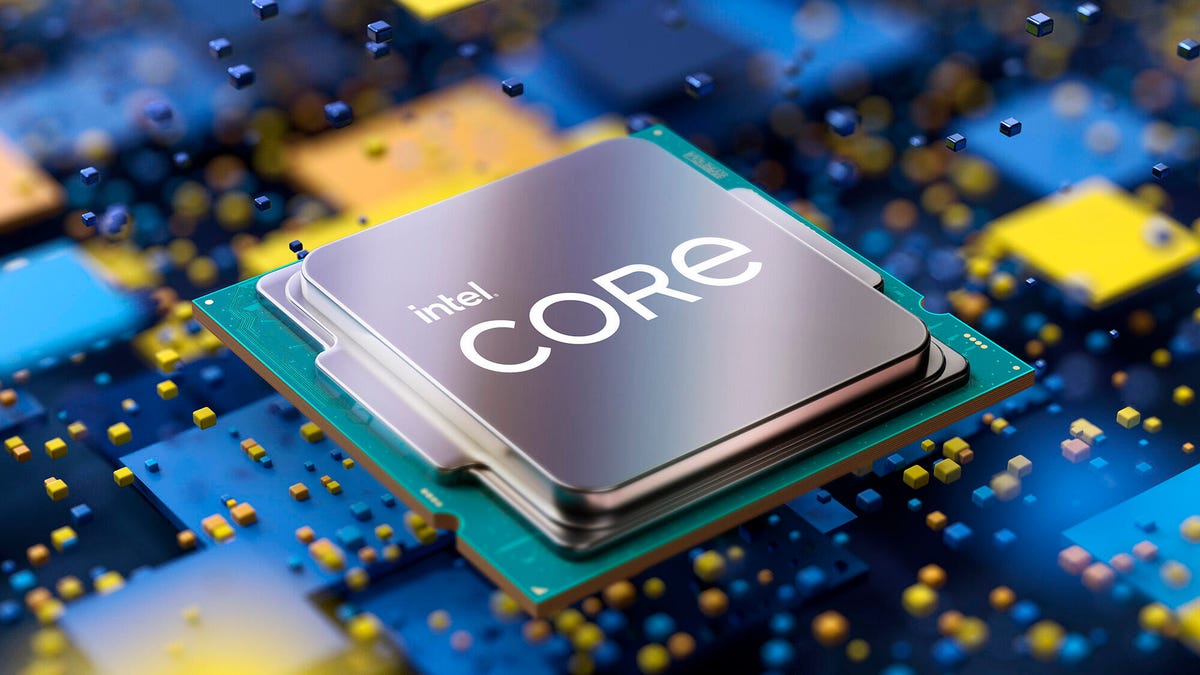Intel Core i9-11900K leads rollout of 11th-gen desktop chips
The company debuts its latest generation of CPUs for gaming, creative and other power PCs.

Laptops may be getting most of the attention these days, but us power users still won't relinquish our desktops . When you need speed and connections, there's something to be said for a full-size graphics card, a multitude of USB ports and more space for memory and storage. So even though Intel only briefly floated its 11th-generation desktop CPUs at CES 2021 in a sea of mobile chips, March brings us its updated processor line, formerly code-named "Rocket Lake-S," which is comprised of eight-core Core i9 and Core i7 processors and six-core Core i5 chips.
Each comes in a variety of the usual flavors: the overclockable K series (125 watts) for the highest-powered systems; F series (65 watts) for midrange models with discrete graphics; and low-power T series (35 watts) for all-in-ones, desktop-replacement laptops and ultracompact PCs. The flagship i9 can hit a peak single-core speed of 5.3GHz and all-core speed of 4.8GHz, provided the necessary cooling is in place; more typically it's up to 5.2GHz/4.7GHz, respectively.
Prices start at about $182 for the entry-level Core i5 and run through $539 for the top-end i9 (Intel's recommended US prices, that is; $182 converts to about £130 or AU$235).
As part of the 11th gen, these CPUs include Intel's latest Xe graphics architecture, here dubbed Intel UHD Graphics 750, the more efficient Cypress Cove cores that add Deep Learning Boost (AI acceleration), support for 20 PCIe 4 lanes (up to 44 PCIe lanes total) with Resizable BAR, the ability to use faster DDR4-3200 memory and more. While it doesn't generally add up to a huge performance increase for gaming over 10th gen -- Intel's own numbers show roughly less than 15% for 1080p play -- the video codecs and DL Boost do help a lot with photo- and video-editing performance for some operations.
Though the chips will work in motherboards with 400-series chipsets, if you're thinking of an upgrade you'll have to switch to a new motherboard with a 500-series chipset in order to use some of the updated features. That includes memory overclocking in lower-end motherboards (with H570 and B560 chipsets, in addition to Z models) and dynamic memory overclocking, PCIe 4, 20Gbps USB 3.2, as well as support for off-chipset Thunderbolt 4 and Wi-Fi 6E controllers. Hopefully, that means we'll see wider and better implemented Thunderbolt support in desktops. A girl can dream.

